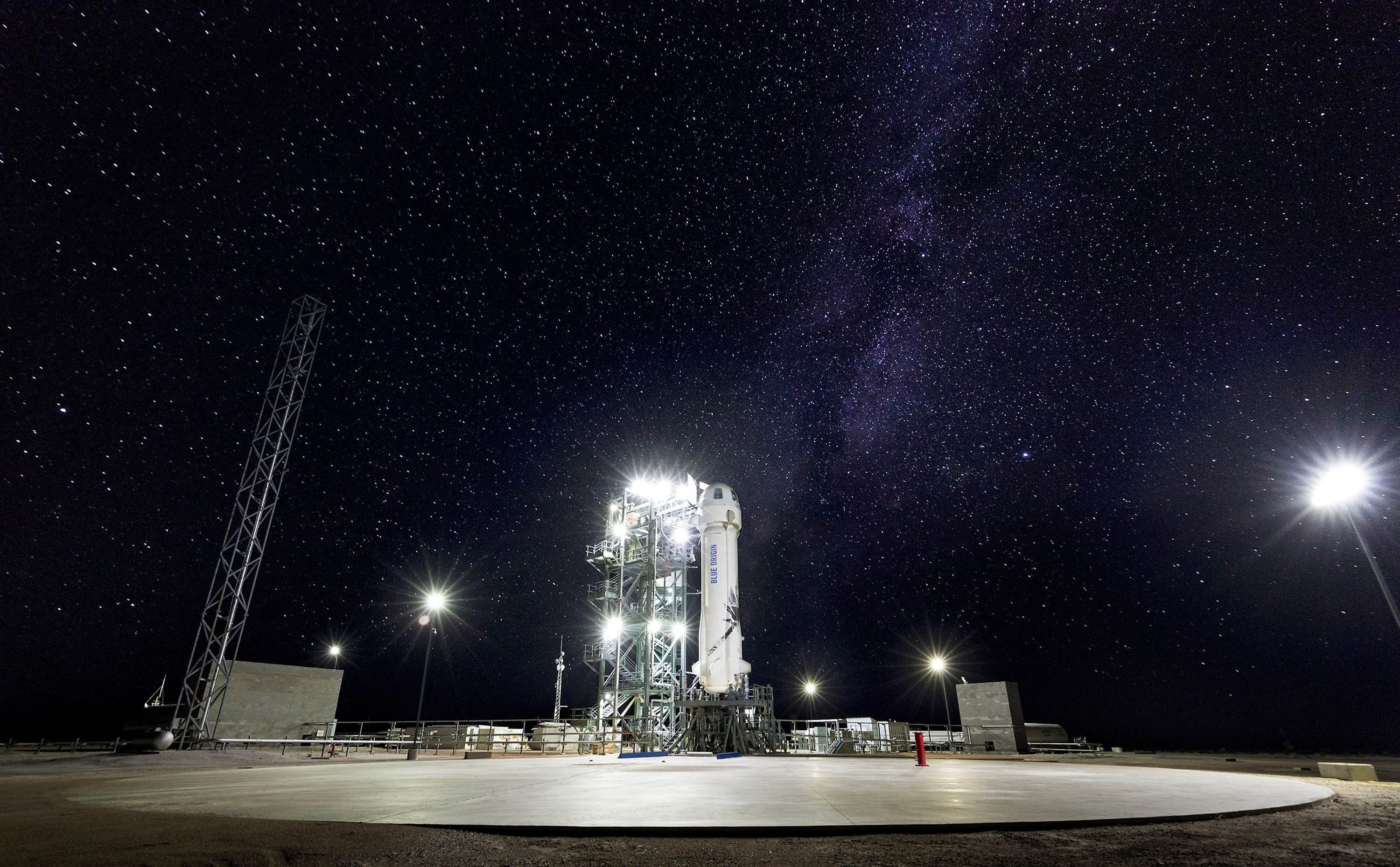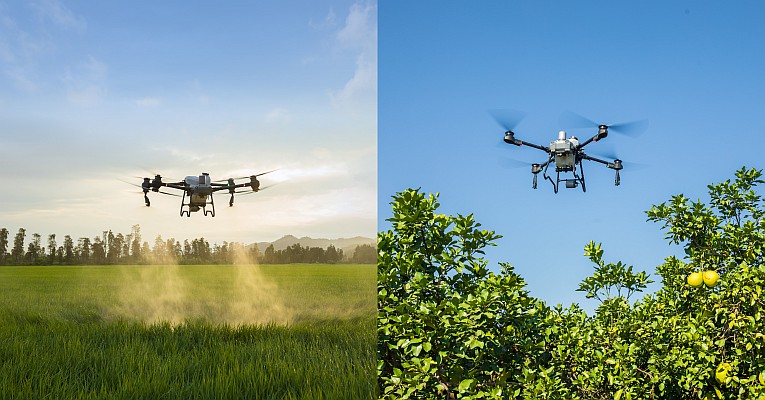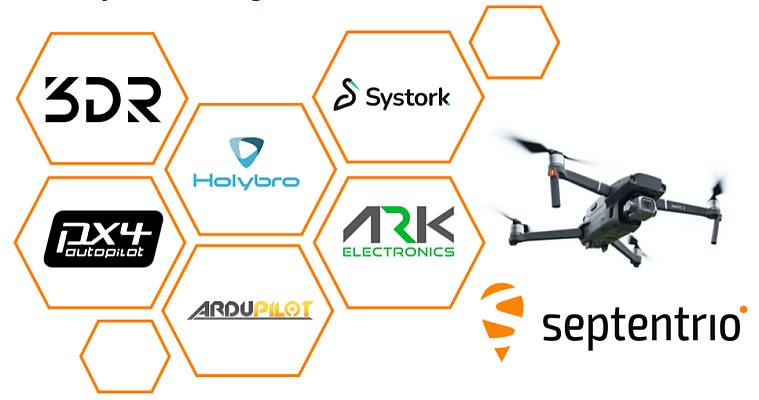Mid-August Launch from Vandenberg Air Force Base Anticipated for Newest Addition to DigitalGlobe Constellation
Ball Aerospace & Technologies Corp. has completed a series of environmental tests on WorldView-3, the next generation commercial remote-sensing satellite built for DigitalGlobe, a leading global provider of high-resolution earth imagery solutions.

The satellite and its integrated sensors and electronics successfully completed thermal vacuum, acoustic, vibration, and pyro-separation testing to confirm the design integrity of the spacecraft. Electromagnetic interference and electromagnetic compatibility will complete on April 23.
“Successful completion of the major environmental testing is the latest example of Ball’s reputation for providing DigitalGlobe with the most agile, advanced platforms for remote-sensing,” said Cary Ludtke, vice president and general manager for Ball’s Operational Space business unit.
New to WorldView-3 is a Ball Aerospace-built atmospheric instrument called CAVIS, which stands for Cloud, Aerosol, water Vapor, Ice, Snow. CAVIS will monitor the atmosphere and provide correction data to improve WorldView-3′s imagery when it images earth objects through haze, soot, dust or other obscurants. CAVIS has also been integrated with the spacecraft.
“The addition of a new Ball-built sensing instrument to WorldView-3 will enable the satellite to significantly improve the quality of some of the world’s most accurate images following the anticipated mid-August launch,” said Ludtke.
WorldView-3 is the first multi-payload, super-spectral, high-resolution commercial satellite for earth observations and advanced geospatial solutions. Operating at an expected altitude of 617 km, WorldView-3 collects imagery with 31 cm panchromatic resolution, 1.24 m multispectral resolution, 3.7 m short-wave infrared (SWIR) resolution, and 30 m CAVIS resolution. This level of resolution performance would be fundamentally impossible without the 1.1 m aperture telescope built by Exelis and carried by WorldView-3, which allows for a breadth of applications unmatched by smaller, lower-performance satellites. Currently, U.S. government restrictions require commercial satellite imagery provided to non-U.S. government customers be limited to no less than 50 cm panchromatic, 2.0 m multispectral, or 7.5 meter SWIR.
The range of customer applications enabled by the DigitalGlobe constellation is greatly expanded by WorldView-3′s ability to sense both the visible spectrum as well as deeper into the infrared spectrum. Its data-rich imagery will enable customers to search for new sources of minerals and fuels, manage forests and farms, and accelerate DigitalGlobe’s creation of Geospatial Big Data™ – a living inventory of the surface of the earth.
“With WorldView-3 heading closer to launch, we’re excited to continue moving the industry forward with unmatched capabilities and the most advanced commercial satellite constellation in existence,” said Dr. Walter Scott, executive vice president, chief technical officer and founder of DigitalGlobe. “Once WorldView-3 is operational, innovations like CAVIS and the SWIR bands will open up new frontiers of information and insight for customers who rely on DigitalGlobe as an indispensable source of information about our changing planet.” By carrying forward the satellites’ advanced Control Moment Gyroscopes (CMGs), WorldView-3 builds upon WorldView-2 and WorldView-1 technology. The CMGs reorient a satellite over a desired collection area in 4-5 seconds, compared to 30-45 seconds needed for traditional reaction wheels.
WorldView-3 is built on the Ball Configurable Platform BCP 5000 spacecraft, designed to handle the next-generation optical and synthetic aperture radar remote sensing payloads. The performance of the WorldView-3 bus currently equals or exceeds that of its predecessor, WorldView-2. The high-performance BCP 5000 has a design life of more than seven years, and provides a platform with increased power, resolution, agility, target selection, flexibility, transmission capability and data storage. Ball provided the BCP 5000 under a fixed-price contract.
WorldView-3 is expected to launch from Vandenberg Air Force Base aboard a United Launch Alliance Atlas 5 rocket in mid-August. WorldView-3 is the fifth satellite built by Ball Aerospace for DigitalGlobe and the fourth that will join the remote-sensing constellation.
Free entry for the largest geospatial trade fair in Latin America
MundoGEO#Connect LatinAmerica 2014 (https://mundogeoconnect.com/2014/en), Conference and Trade Fair of Geomatics and Geospatial Solutions, will be held from May 6 thru 9 May at Frei Caneca Convention Center in Sao Paulo, Brazil, offering 30 courses, seminars, special events and professional meetings. Al inscribirse en dos actividades, el participante podrá seleccionar un curso, seminario o evento especial para asistir sin costo algun. By subscribing in two activities, the third one will be free. Check out the conference program (https://mundogeoconnect.com/2014/en/program/).
MundoGEO#Connect trade fair will have free access through previous registration (https://mundogeoconnect.com/2014/en/accreditation-to-the-fair/). For further information, contact MundoGEO by e-mail connect@mundogeo.com or call +55 (41) 3338-7789 / (11) 4063-8848.







